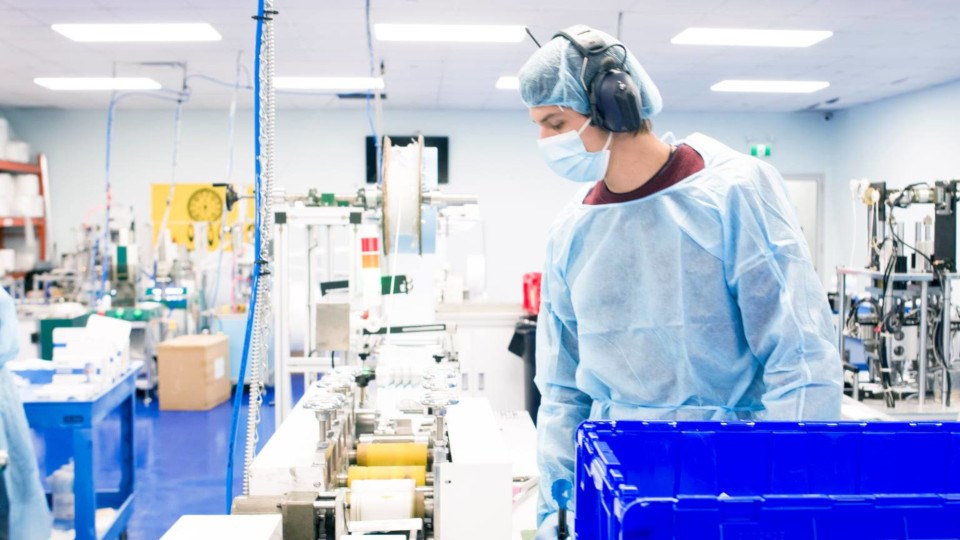The pandemic has exposed a growing labour shortage in Ontario's bio-economy sector.
A labour market study by BioTalent Canada said this province needs an additional 24,500 workers in this sector by 2029 to keep up with the demand for talent in the bio-health, bio-energy, bio-industrial and agro-bio fields.
Labour gaps are forecasted for all job functions in the bio-economy over the decade, with severe shortcomings in areas of distribution and logistics; manufacturing and production; management, finance and administration.
The report suggests employers need to change strategy and start recruiting under-represented groups of job-seekers.
BioTalent Canada, an Ottawa-based HR firm that supplies labour market intelligence on Canada's bio-economy sector, released a series of reports on talent shortages by region and potential fixes.
According to 2019 figures, there are 4,100 firms in the bio-economy in Ontario, employing 75,000.
Most are small to medium-sized businesses, employing 20 or less. Bio-health accounts for 54 per cent of this province's bio-economy sector. Many of these firms, overall, are less than 15 years old.
In Northern Ontario, bio-economy companies are usually engaged in areas of sustainable development, specifically forestry.
The report said COVID-19 highlighted a significant gap in the bio-manufacturing and processing capacity across Canada.
Canada was initially unable to produce sufficient PPE to meet its needs and had no domestic capacity to develop and manufacture vaccines.
Though commitments have been made to remedy this by building facilities, those facilities require a supply of talented and skilled people that does not currently exist.
Estimates suggest Ontario will need an additional 5,820 bio-manufacturing workers by 2029 - 2,170 in bio-health manufacturing alone.
Only 25 per cent of those positions will be fillable by predicted supply during this time period.
While there are plenty of job openings, bio-economy companies everywhere are challenged to due to a highly competitive job market and the lack of capital to attract and retain candidates.
By way of solutions, the report suggests many of these firms could do well with a dose of diversity.
Like many companies, bio-economy employers usually hire by dipping into the well of personal contacts and employee referrals, job banks, or other online resources.
With fewer people are expected to graduate in the coming years with university degrees, one way is to recruit a more diverse workforce.
Women make up 35 per cent of the bio-economy workforce with visible minorities at 25 per cent. Internationally-educated professionals make up 16 per cent with recent immigrants representing 9 per cent.
Persons with disabilities make up just 1 per cent of the workforce, while representation of Indigenous workers is nearly non-existent.
In this region, employers are experiencing recruitment challenges with fewer tradespeople available due to migration, competition with the mining industry and a lack of infrastructure for long-term career progression in the area.
The report suggests Northern Ontario companies could improve their recruiting odds by participating in the Rural and Northern Immigration Pilot and First Nations-focused skills training initiatives to help mitigate some of these issues.
Employers told the report's authors that could use more candidates with the "soft skills" of problem-solving, collaboration and the business development skills.
“Naturally, as the country’s largest region, the talent need is greatest in Ontario,” said BioTalent president-CEO Rob Henderson in a statement.
“The industry has to develop new strategies focused on breaking down barriers to entry for recent immigrants, Indigenous workers and workers with disabilities — all of whom are seriously under-represented in the bio-economy today. That starts with improving human resources capacity and practices within bio-economy companies.”




